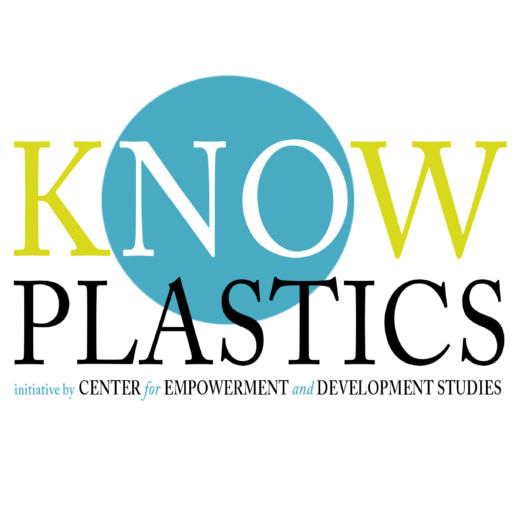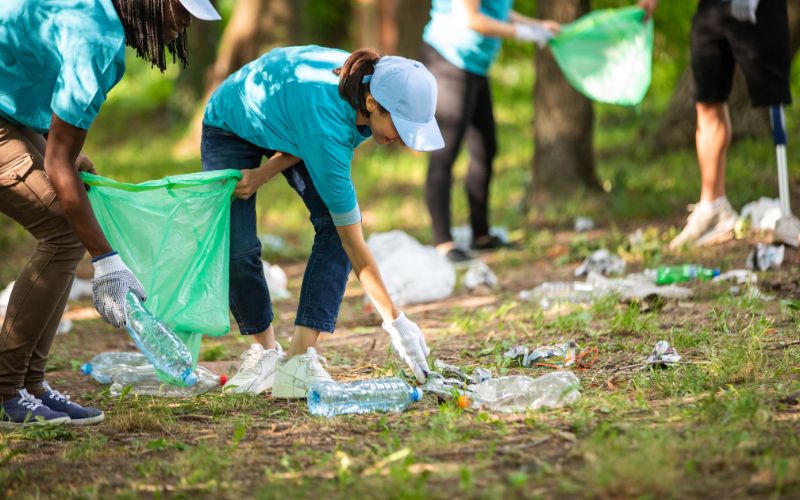In today’s digital age, social media’s platforms play a vital role in shaping public discourse and influencing behavior. As the world grapples with the escalating plastic pollution crisis, social media has emerged as a powerful tool for raising awareness, educating the public, and driving action against plastic waste. Here’s a closer look at how social media contributes to plastic awareness and encourages positive change.
1. Amplifying Voices and Campaigns
Social media provides a platform for individuals, organizations, and activists to amplify their voices and share their messages about plastic pollution. Campaigns like #BeatPlasticPollution and #PlasticFreeJuly have gained traction on various platforms, bringing together people from all walks of life to unite against plastic waste. These hashtags help spread awareness and create a sense of community among those advocating for change.
2. Educating the Public
Social media serves as an accessible educational resource for individuals seeking information about plastic pollution. Infographics, videos, and articles shared on platforms like Instagram, Twitter, and Facebook provide valuable insights into the impact of plastic waste on the environment, wildlife, and human health. This visual content can be more engaging and digestible, making it easier for users to understand complex issues and share the information with others.
3. Inspiring Action
Social media is not just about sharing information; it also inspires action. Many influencers, environmentalists, and organizations use their platforms to challenge followers to adopt more sustainable practices. From encouraging the use of reusable bags and bottles to promoting local clean-up events, social media campaigns often include specific calls to action that motivate individuals to make positive changes in their daily lives.
4. Highlighting Success Stories
Social media is a space where success stories can be shared and celebrated. Communities and organizations can showcase their initiatives to reduce plastic waste, from successful beach clean-ups to businesses adopting sustainable practices. These stories not only inspire others to take similar actions but also demonstrate that collective efforts can lead to significant change.
5. Connecting Communities
Social media fosters connections among individuals and organizations working towards the same goal of reducing plastic pollution. Groups can create dedicated pages or forums to discuss challenges, share tips, and collaborate on projects. This sense of community can motivate individuals to become more involved and feel empowered to contribute to the cause.
6. Encouraging Transparency and Accountability
Social media has increased transparency and accountability for companies and brands regarding their environmental practices. Consumers are more likely to call out companies that contribute to plastic pollution or fail to adopt sustainable practices. Brands that prioritize sustainability can leverage social media to share their initiatives, gain consumer trust, and build a loyal following of environmentally conscious customers.
7. Mobilizing for Policy Change
Social media campaigns can effectively mobilize support for policy changes related to plastic pollution. Activists and organizations can use their platforms to raise awareness about legislative issues, encourage followers to contact their representatives, and participate in advocacy efforts. By amplifying calls for action, social media can create pressure on policymakers to implement regulations aimed at reducing plastic waste.
8. Promoting Alternatives and Innovations
Social media is a powerful tool for promoting sustainable alternatives to plastic products. Influencers and brands often showcase eco-friendly products and innovations, from biodegradable packaging to reusable household items. By highlighting these alternatives, social media can shift consumer behavior towards more sustainable choices and encourage companies to develop environmentally friendly products.
9. Addressing Misinformation
With the rise of digital communication comes the challenge of misinformation. Social media can be a double-edged sword; while it spreads awareness, it can also perpetuate myths about plastic pollution. Educators, scientists, and advocates can use social media to correct misinformation, provide accurate data, and share reputable sources. This helps ensure that the public is informed about the facts surrounding plastic pollution and its consequences.
10. Fostering Global Connections
Social media transcends geographical boundaries, enabling people from around the world to connect and share their experiences related to plastic pollution. Global movements can emerge from local actions, and communities can learn from each other’s successes and challenges. This interconnectedness fosters a sense of global responsibility and encourages a collaborative approach to tackling plastic pollution.
Conclusion
Social media has become an indispensable tool in the fight against plastic pollution, playing a crucial role in raising awareness, educating the public, and inspiring collective action. By leveraging the power of social media, individuals and organizations can mobilize communities, promote sustainable practices, and advocate for meaningful change. As we navigate the challenges of plastic waste, harnessing the potential of social media can help us create a more informed and engaged society dedicated to protecting our planet.


